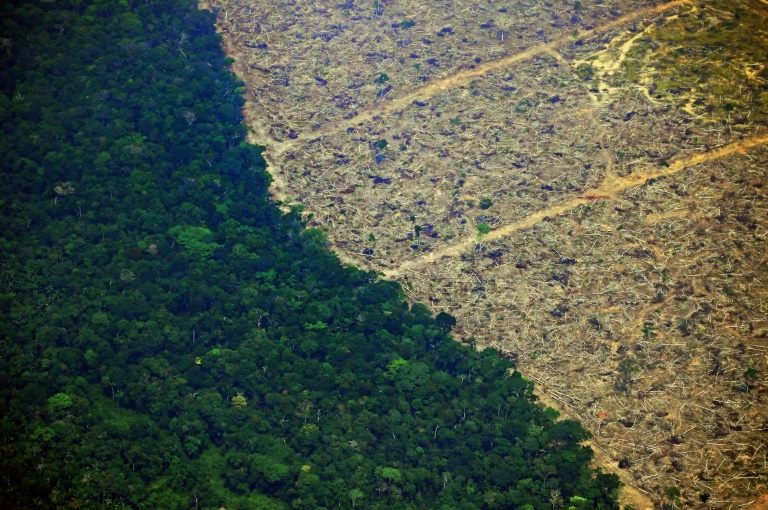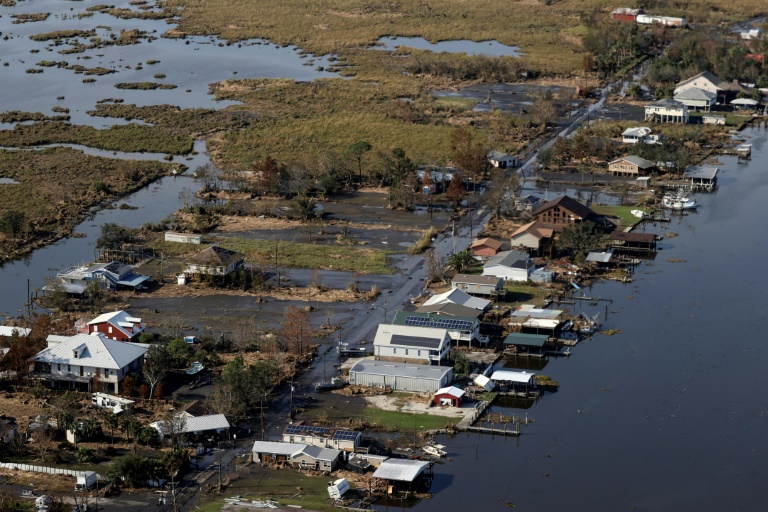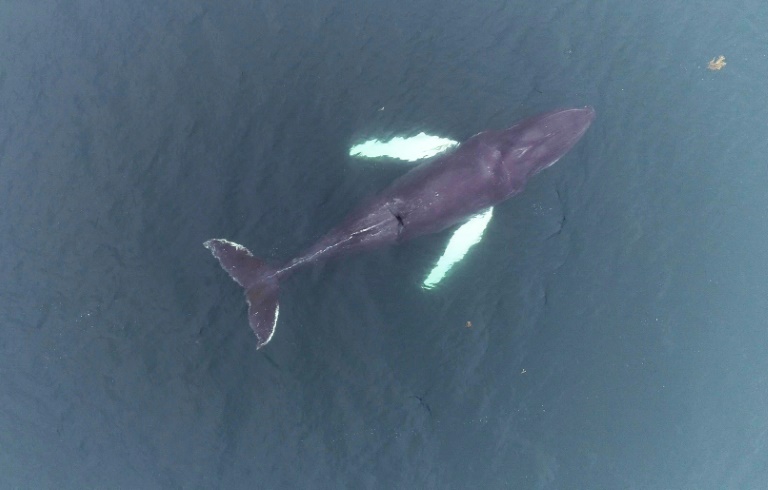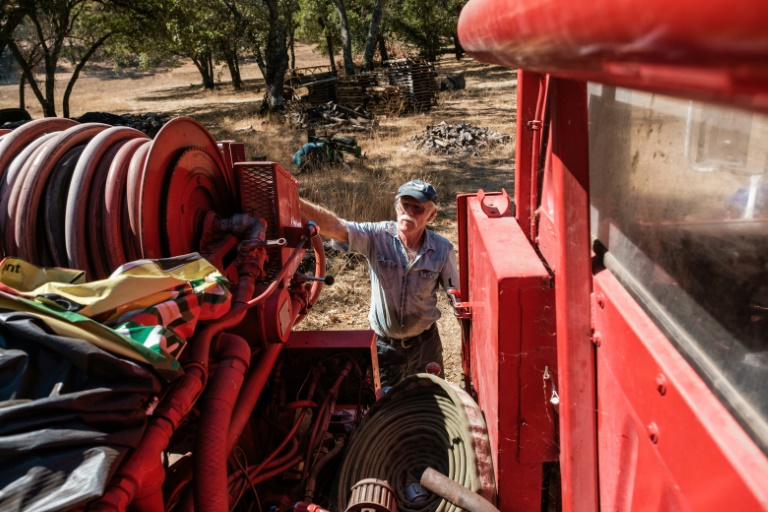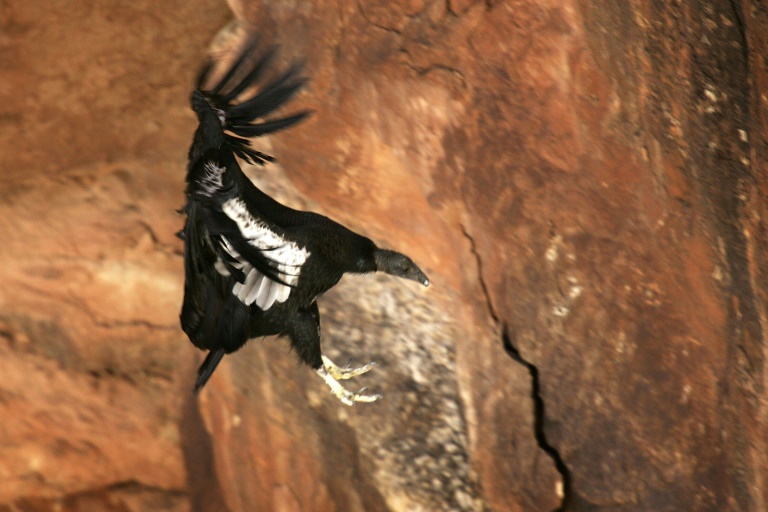Climate action cannot wait for pandemic to end, medical journals warn
Global warming is already affecting people’s health so much that emergency action on climate change cannot be put on hold while the world deals with the Covid-19 pandemic, medical journals across the globe warned on Monday.
“Health is already being harmed by global temperature increases and the destruction of the natural world,” read an editorial published in more than 220 leading journals ahead of the Cop26 climate summit in November.
Since the pre-industrial era, temperatures have risen around 1.1 degrees Celsius (34 degrees Fahrenheit).
The editorial, written by the editors-in-chief of over a dozen journals including the Lancet, the East African Medical Journal, Brazil’s Revista de Saude Publica and the International Nursing Review, said this had caused a plethora of health problems.
“In the past 20 years, heat-related mortality among people older than 65 years has increased by more than 50 percent,” it read.
“Higher temperatures have brought increased dehydration and renal function loss, dermatological malignancies, tropical infections, adverse mental health outcomes, pregnancy complications, allergies, and cardiovascular and pulmonary morbidity and mortality.”
It also pointed to the decline in agricultural production, “hampering efforts to reduce undernutrition.”
These effects, which hit those most vulnerable like minorities, children and poorer communities hardest, are just the beginning, it warned.
As things stand, global warming could reach +1.5C on pre-industrial levels around 2030, according to the UN’s Intergovernmental Panel on Climate Change.
And that, along with the continued loss of biodiversity, “risk catastrophic harm to health that will be impossible to reverse,” the editorial warned.
“Despite the world’s necessary preoccupation with Covid-19, we cannot wait for the pandemic to pass to rapidly reduce emissions.”
In a statement ahead of the publication of the editorial, World Health Organization chief Tedros Adhanom Ghebreyesus said: “The risks posed by climate change could dwarf those of any single disease.”
“The Covid-19 pandemic will end, but there is no vaccine for the climate crisis.
“Every action taken to limit emissions and warming brings us closer to a healthier and safer future.”
The editorial pointed out that many governments met the threat of Covid-19 with “unprecedented funding” and called for “a similar emergency response” to the environmental crisis, highlighting the benefits.
“Better air quality alone would realise health benefits that easily offset the global costs of emissions reductions,” it read.
The authors also said “governments must make fundamental changes to how our societies and economies are organised and how we live.”



